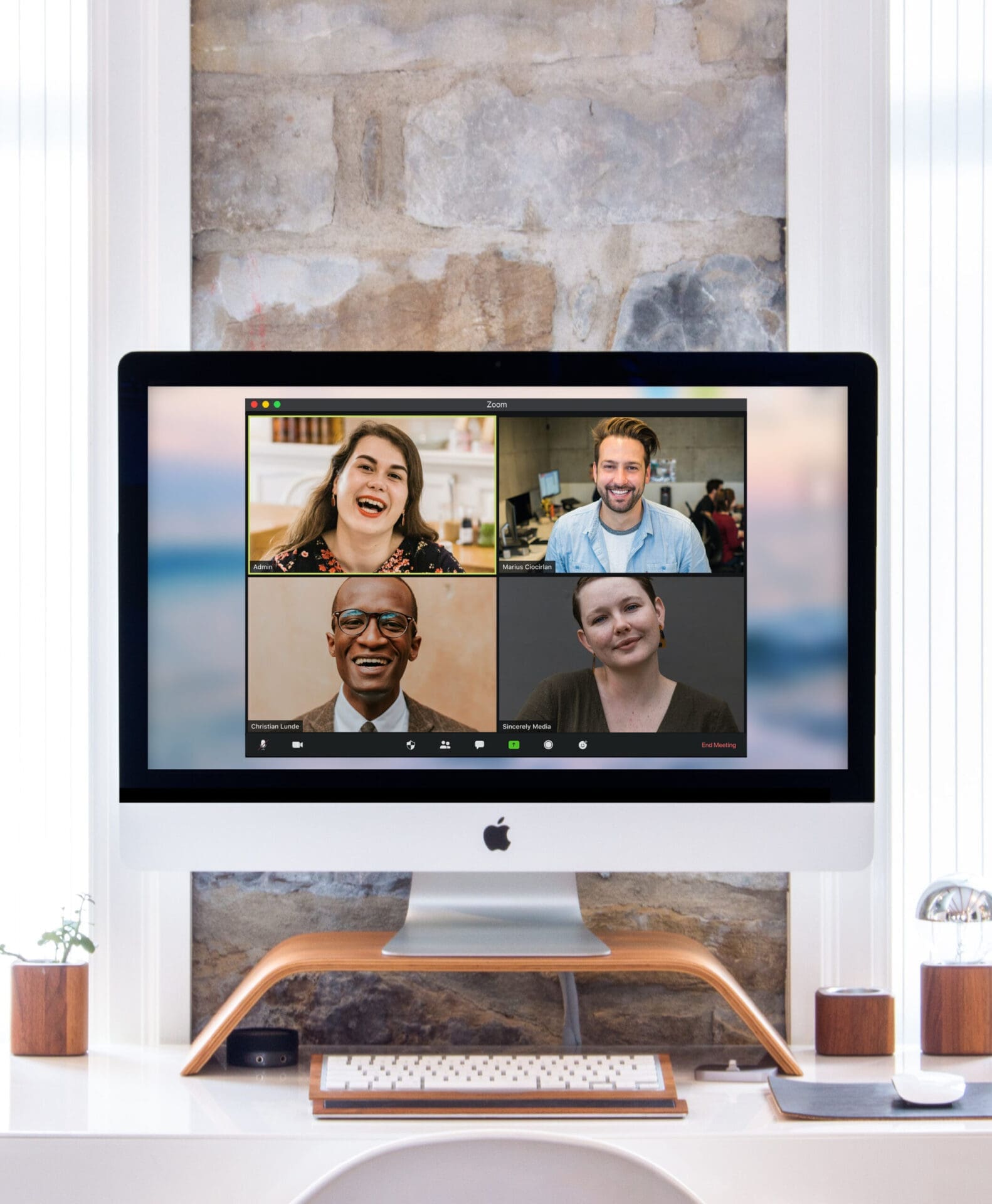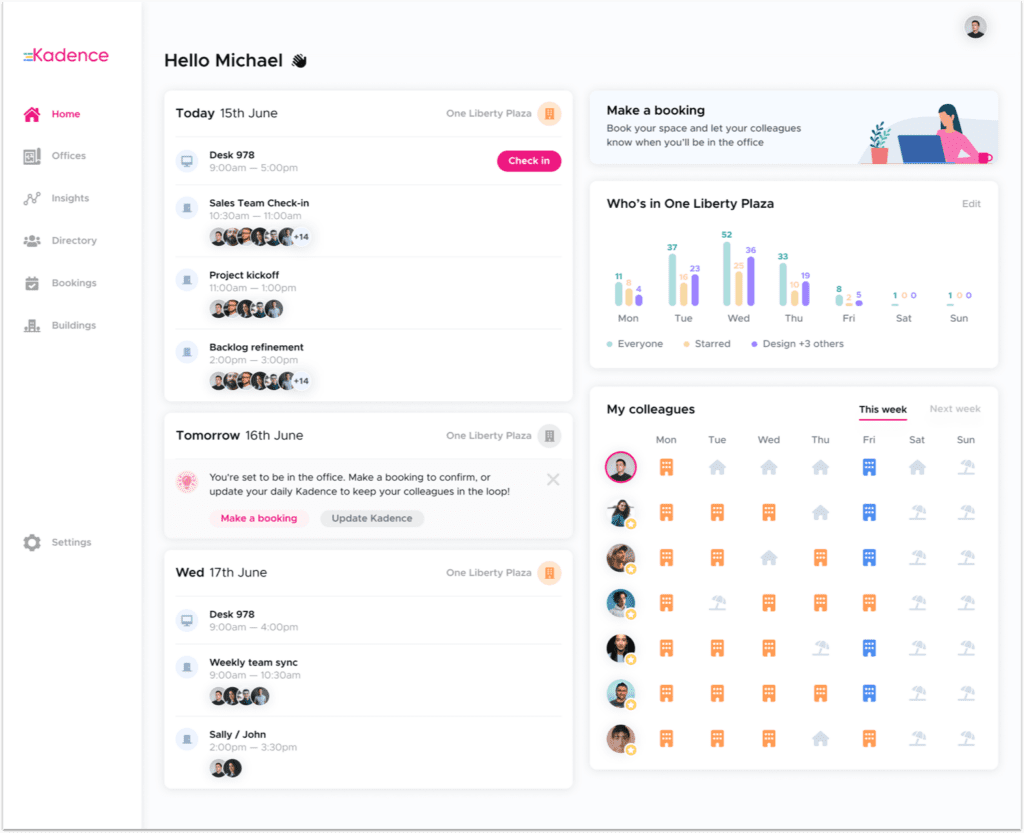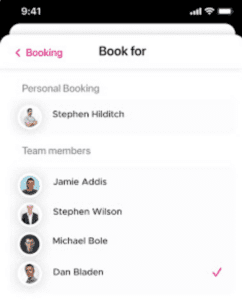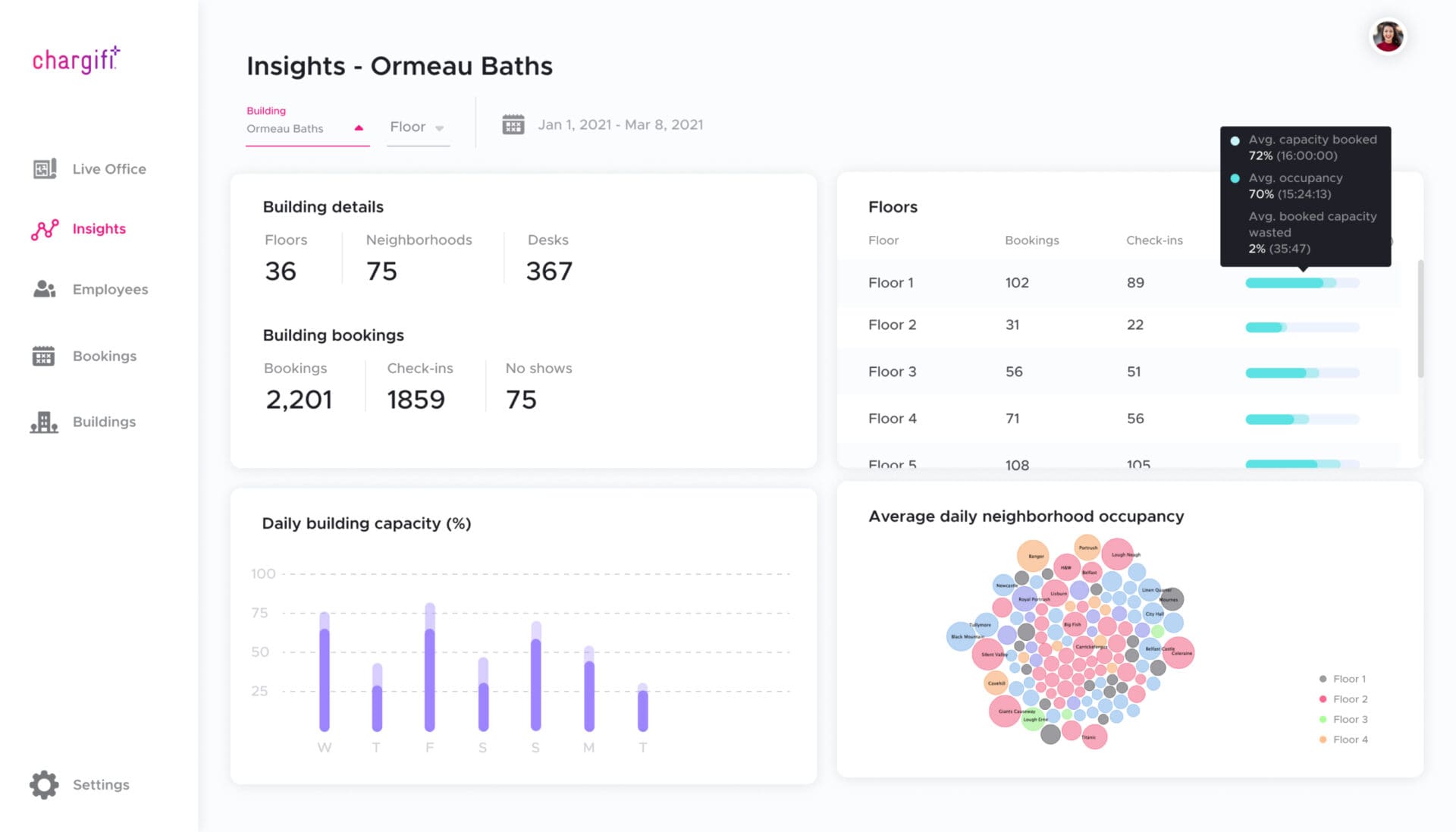One of the foundational pillars of Hybrid Work support is human flourishing.
It sounds grandiose and impressive: but what does it mean in practice?
Much is written about the benefits associated with work flexibility and autonomy, and the ability to decide where and how you can get your best work done.
But how about the dynamic specifically between work life and family life? How and why does a hybrid work solution help humans flourish on both a professional and personal level?
In this piece, we’ll look at the 4 different ways hybrid work supports happy teams and families.
1. Hybrid work accounts for complexity
Life is complicated. Every one of us has thousands of commitments and responsibilities that exist both inside and outside the realm of work.
Hybrid work is set up to acknowledge that complexity. It recognizes that employees are not just workers – they’re also parents, partners, and caregivers.
By providing the flexibility to choose where and how to work, hybrid work enables individuals to navigate the ebb and flow of everyday life.
For parents – that’s a game-changer. Their jobs no longer need to come at the expense of involvement in their children’s and relatives’ lives — they actively mold to accommodate them.
Whether that means picking up school run duties in the morning, or staying at home to care for a sick child, or attending spontaneous parent-teacher meetings — hybrid work exists as a framework to deal with the unpredictability of family life.
2. Family is the number one priority
We’ve all been on a call with coworkers who have had a baby or toddler on their lap. Or we’ve been that coworker ourselves!
The truth is – the shift towards remote working has done wonders for raising awareness and support for working parents.
In past years, with strict office-based mandates, employees would often find themselves in a position where the family came in second place to their work. Organizing childcare and parenting responsibilities was something that had to happen around the working schedule, and not within it.
With hybrid work, however, employees have the autonomy to manage their work schedules down to the last minute. This opens up the door for them to manage family responsibilities on their terms while keeping on top of their professional commitments at the same time.
The inherent flexibility offered by hybrid work means that family can become the priority – because it is a system that understands that people will do their best work when they are in control of the where and how of what they do.
3. Happy employees make happy parents, and vice versa
The satisfaction and well-being of employees directly impact their effectiveness as parents. A recent study showed that higher family-to-work conflict is linked to lower satisfaction in both one’s professional and personal life.
Furthermore, the research showed that those two forms of satisfaction are positively correlated. — one spur on the other.
Hybrid work, with its core emphasis on work-life balance, fosters happier and more fulfilled employees. When individuals feel supported and in control of their work and personal arrangements, they experience reduced stress levels and increased satisfaction overall.
This positive mindset and emotional well-being spill over into their role as parents, enabling them to be more patient, attentive, and emotionally available for their children.
The same is true the other way around — a flourishing family life contributes towards a flourishing professional life.
4. Hybrid work is about being present
Down to its essence, hybrid work is a system that helps people be more present in the two most important areas of their lives: work and home.
In a traditional office setting, parents can miss out on key moments that are developing in their children’s lives.
In a traditional home setting (fully remote work), employees are missing out on key moments that are developing in their teams and work communities.
Marrying those two things is the ultimate goal of hybrid work, and the result is employees who are more present and intentional in both their work life and family lives.
Striking a balance between professional aspirations and family responsibilities is no longer an elusive dream — it’s a tangible reality.
Don’t get me wrong — there are challenges. How do you set boundaries between personal and work life? How do you stay distraction-free at home?
Though we don’t yet have all the answers — I guarantee you we’ll find them in nuance and balance, not in strict mandates or rigid systems.
Recently, the debate has turned towards a so-called flexibility divide in modern working culture. Some companies are forcing people into the office, while others are championing remote work.
We need to stop thinking of one-size-fits-all solutions. Everyone is different, and everyone leads their own complex lives — both inside and outside of work.
That’s why hybrid work is such an important formula — and one I hope you consider for your team and organization.










